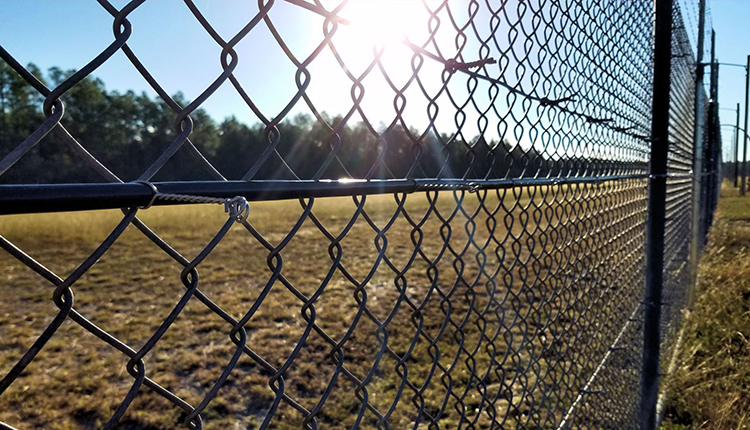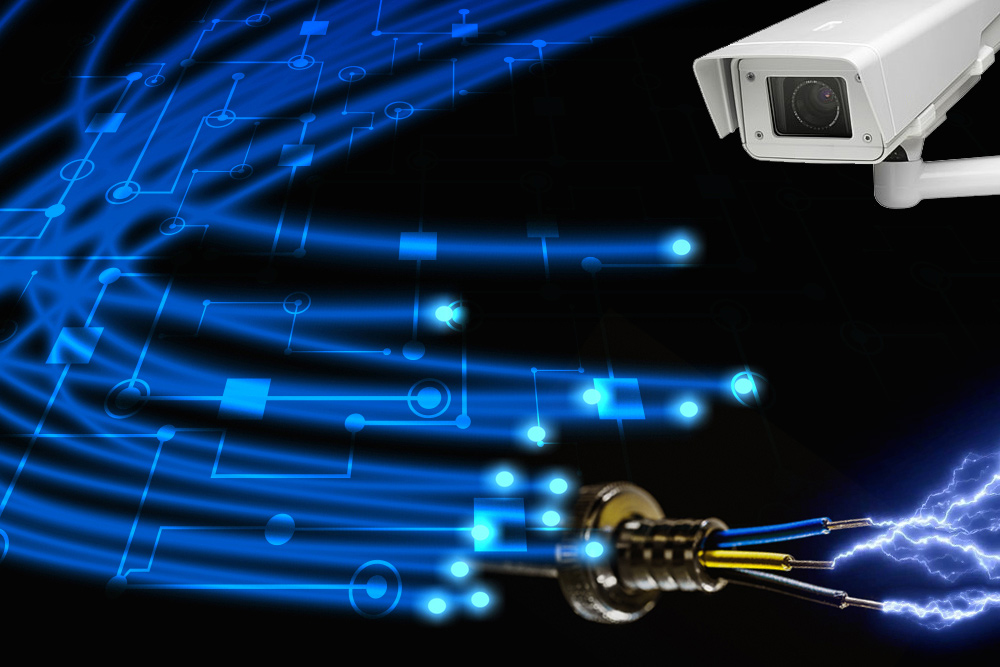The Ultimate Guide to Fiber Optic Safety And Security Solutions for Your Service
In an era where security problems are vital for services, recognizing the ins and outs of fiber optic technology can be transformative. This overview lays out how integrating fiber optic safety systems not only enhances information protection yet also offers benefits like resistance to interference and real-time surveillance abilities.
Comprehending Fiber Optic Technology

The core of a fiber optic cord consists of a slim glass or plastic center, surrounded by a cladding layer that reflects light back right into the core. fiber optic security system. This layout makes certain very little loss of signal stamina, even over substantial ranges. There are 2 main sorts of fiber optic cable televisions: single-mode and multi-mode. Single-mode fibers are made for long-distance transmission, while multi-mode fibers are ideal for shorter ranges, frequently used within buildings.
Fiber optics are not just much faster yet also a lot more safe and secure than typical wiring. Their fundamental resistance to electro-magnetic disturbance and the difficulty of using the signal without detection make them a preferred option for services prioritizing data stability and protection. As companies progressively rely on protected and effective communication systems, comprehending fiber optic innovation comes to be essential for informed decision-making.
Key Benefits of Fiber Optic Security
When thinking about security options for a company, the advantages of fiber optic systems are especially engaging. Most importantly, fiber optic modern technology uses exceptional data transmission speeds and bandwidth capacity, making it perfect for handling high-resolution video clip feeds from monitoring video cameras. This capacity makes sure that protection employees get real-time data, boosting total response times to possible safety risks.
Moreover, fiber optic wires are naturally resistant to electromagnetic disturbance, which can jeopardize the honesty of conventional copper-based systems. This resistance ensures that the information transferred remains safe and uninterrupted, supplying a much more reliable protection facilities. In addition, optical fiber are less vulnerable to physical damage, as they are made from glass instead of metal, minimizing maintenance prices and downtime.
Fiber optic systems provide boosted cybersecurity functions, consisting of security capacities that protect sensitive data from unapproved accessibility. Jointly, these advantages make fiber optic safety systems a robust choice for companies seeking to enhance their safety measures.
Installation Process and Considerations
Thinking about the intricacies entailed, the website here installment procedure of fiber optic protection systems calls for careful planning and implementation. The first action includes an extensive site assessment to recognize optimum locations for cabling and devices. This evaluation ought to consider environmental variables, existing facilities, and prospective vulnerabilities.

In addition, the installation has to follow regional building codes and sector standards. This might consist of coordinating with numerous stakeholders such as building supervisors, IT groups, and safety and security personnel to ensure smooth combination with existing systems.
Post-installation, extensive testing is essential to confirm system performance and determine any issues that may emerge. By focusing on these considerations throughout the setup process, organizations can ensure a robust and reliable fiber optic safety system that meets their specific safety and security needs.
Most Current Developments in Fiber Optic Protection
Recent developments in fiber optic technology have actually significantly boosted the abilities of security systems for organizations. One of one of the most notable advancements is the combination of fiber optic see post sensing units that can discover resonances and invasions along the border of a facility. These sensing units offer real-time surveillance, enabling fast reaction to potential violations.
In addition, the development of dispersed fiber optic picking up modern technology enables the constant monitoring of huge areas with a single fiber cable. This approach not just reduces setup expenses but additionally enhances the integrity of checking systems by eliminating the demand for multiple, separate sensors.
In addition, developments in multiplexing techniques have allowed organizations to transmit large amounts of information over fiber optic networks, boosting the capacities of video clip security systems. High-def video feeds can now be sent over fars away without loss of high quality, making sure that security personnel have access to clear and actionable information.
Lastly, making use of expert system (AI) combined with fiber optic systems is revolutionizing threat detection. AI algorithms can evaluate data from fiber optic networks to identify unusual patterns or actions, permitting proactive safety and security steps. These developments collectively stand for a significant jump onward in fiber optic browse around these guys safety innovation.
Choosing the Right System for Your Company
Selecting the appropriate fiber optic protection system for your organization is essential for making sure ideal protection and satisfaction. To make an enlightened option, analyze your specific protection requirements, thinking about factors such as the dimension of your facilities, the nature of your procedures, and potential susceptabilities.
Begin by examining the level of safety called for; as an example, high-risk settings may require sophisticated systems with integrated security and invasion discovery abilities. Next off, take into consideration scalability; as your service grows, your protection system ought to can expanding to accommodate boosted demands without considerable overhauls.
In addition, investigate the dependability and efficiency of numerous systems. Try to find suppliers with established credibilities and client endorsements that confirm to their solution top quality. It's additionally advisable to inquire about the innovation's compatibility with existing infrastructure, ensuring a seamless integration process.
Conclusion
Finally, fiber optic protection systems offer a durable remedy for improving business security infrastructures. The integration of high-speed data transmission, resistance to electro-magnetic interference, and progressed surveillance capacities dramatically boosts general defense (fiber optic security system). By recognizing the modern technology, identifying its advantages, and thinking about the setup process, companies can make educated choices. The newest technologies even more bolster the efficiency of these systems, guaranteeing that companies continue to be protected and adaptable in an ever-evolving hazard landscape.